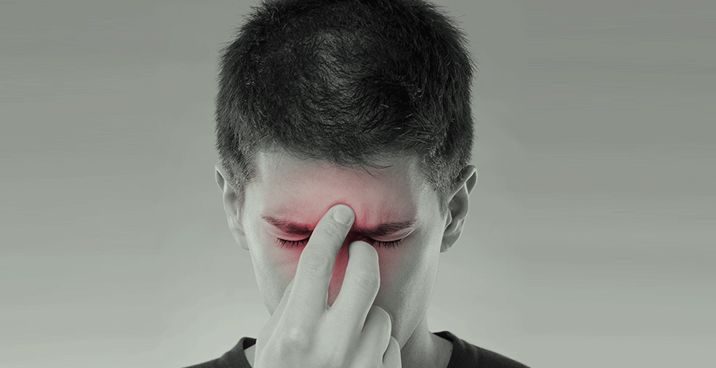
As someone who grew up paying more attention to sports and other activities that fascinate energetic young boys, Dr Lau Chee Chong never imagined that he would one day become an ENT specialist with a successful private practice.
However, his father firmly believed that being a physician was not only a worthy profession, but one that makes a direct and positive impact on many people, patients and non-patients alike. Due to his love and respect for his father, Dr Lau buckled down and focused on his studies, and that was the first step on the pathway that led him to the prestigious Mount Elizabeth Medical Centre, where his practice, Ear Nose & Throat Centre CC Lau, is located.
Parental Pressure
"It was my father who wanted me to become a doctor," admits Dr Lau.That was not a surprising position for the older Mr Lau to take. After all, he was a director of a medical supply company, with a lot of contacts with the medical profession. Dr Lau remembers him as a quintessential Chinese gentleman. "He would tell us, ‘Saving lives, healing people — it's honourable and meaningful work'," says Dr Lau. "It was his dream that all of his children would become doctors."
Read More







































